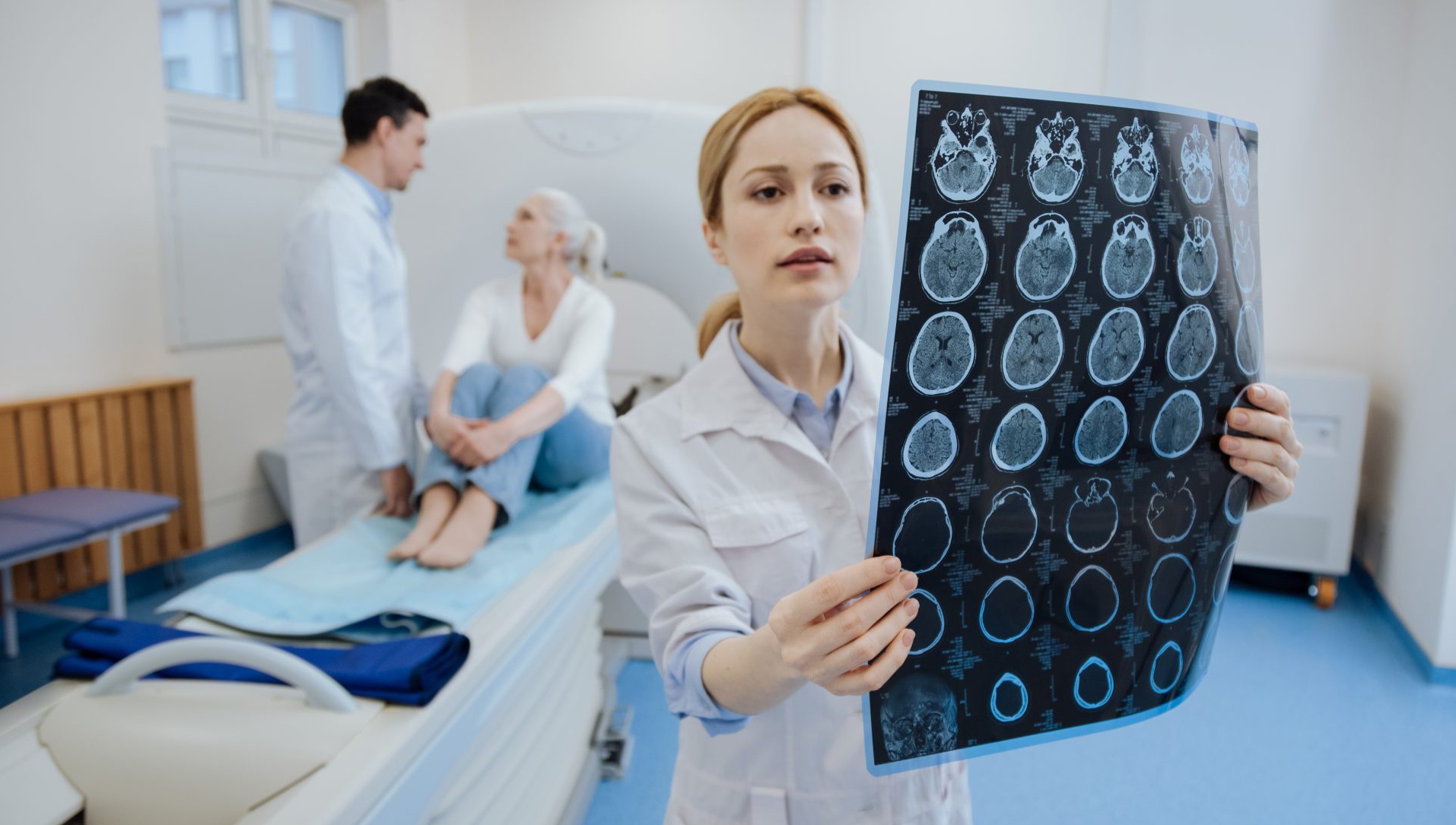Clinical trials in neurological diseases often mirror the complexity of the disease itself. Hence, a team tackling this type of clinical trial should make a number of assumptions, some of which are ubiquitous among other therapeutic areas while others are unique for this specific field. In this blog, we will tackle some of the specific challenges in neurological disease trials that researchers and CROs have to be attentive to.
Most of the neurological diseases are clinically manifested with a high phenotypic heterogeneity, where each phenotype is subsequently presented on a spectrum scale. This fact complicates many aspects of the clinical trial from homogenization of assessments to recruiting the adequate population for the study.
To tackle homogenization of assessments the NIH has actually developed an “NIH toolbox”. This toolbox consists of a pool of standardized, psychometrically sound tools for neurobehavioral constructs and is an integral part of “The Blueprint of Neuroscience Research”, which is an initiative that involves standardization and sharing of cutting-edge technologies such as neuroimaging and genomics.
As for enhancing population recruitment, one of the rising tactics involves the use of tailored approaches in recruitment like community based and group outreach as well as the use of “patient navigators”, who are trained laypersons helping to engage patients both in their communities and in certain health care settings to increase awareness. Another approach growing in popularity includes forging partnerships with disease-centered foundations. In fact, this strategy works best with the increasingly available trials targeting rare neurological diseases. Finally, social media, which represents the newest trend in clinical trial recruitment strategy, especially for hard to reach populations.
Another challenge of clinical trials in neurological diseases is the fact that the patient populations are often taking multiple medications to help with the array of symptoms that afflict a patient with a neurological disorder. Thus, the chance of experiencing an adverse event from drug-drug interactions will significantly increase. More studies specifically addressing these issues are . Indeed, the pathophysiological mechanisms underlying neurological diseases need to be better understood, and this can only be done through continuous support for basic science and preclinical research efforts in order to delineate the interplay between the active pathways playing a role in the manifestation of any neurological disorder symptoms.
Moreover, from experience here at Biorasi, compliance is one of the biggest challenges in the success of any neurological disease clinical trial. In fact, many neurological disorders are progressive diseases, meaning that the patient will likely get worse during the normal evolution of the disease. To improve participant retention and adherence with the study protocol, researchers and CROs must make the patient experience as smooth as possible and where achievable, minimize the burden on the patient and caregiver. Researchers should incorporate patients’ needs and worries, as well as patient representatives and caregivers feedback, into the study design process to keep the patients fully engaged in the trial process at every stage from reporting outcomes and taking study medication, to performing home diagnostics.
Clinical trials in neurological diseases present a wide range of challenges and special considerations across the board. Nonetheless, Biorasi is familiar with these challenges and aware that, with the right experienced study team, a patient and disease pathobiology disease centered study process can be applied to mitigate many of those challenges. This can have substantial effect on the cost and time variables in a study. Success in those clinical trials is indeed a group work that involves the sponsor, the CRO and the patient.





